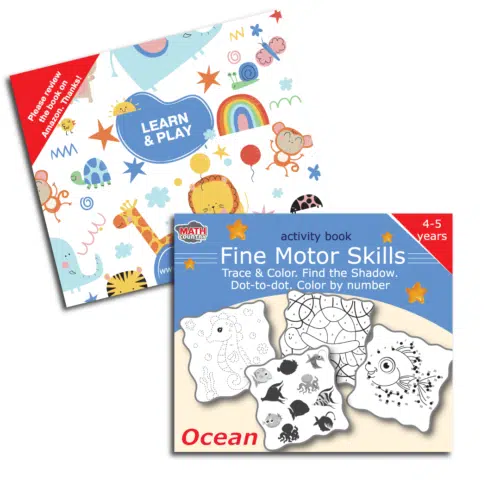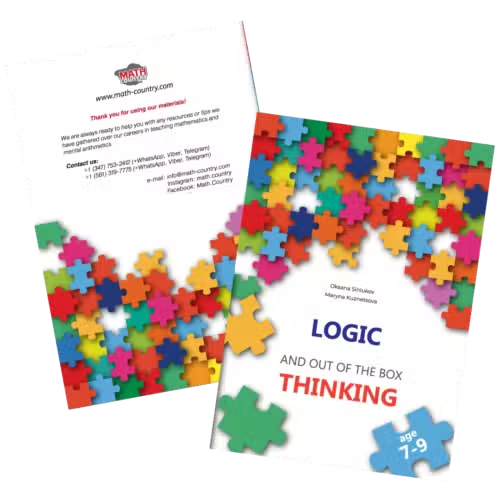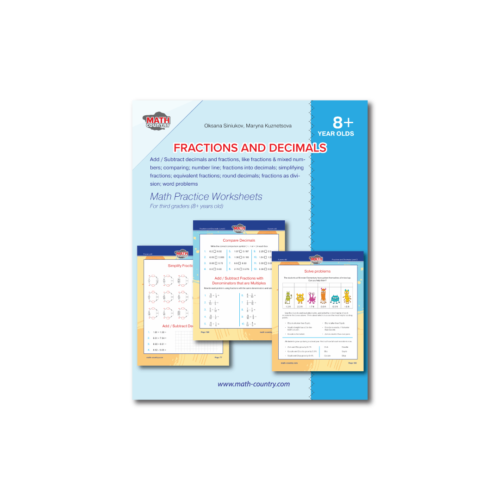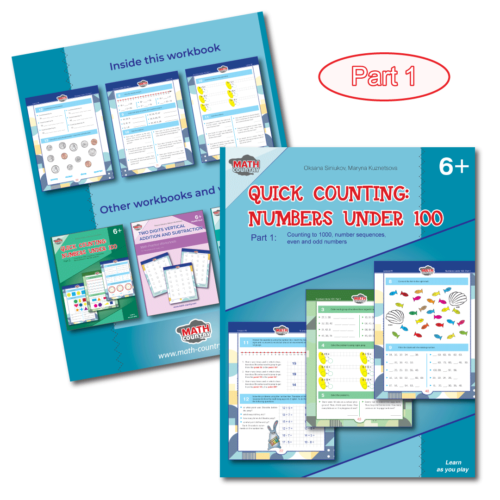Author
Aleksandr
Share
Author
Aleksandr
Share
Introduction
Data and graphs are essential tools for representing and interpreting information in various fields, from science and finance to social sciences and everyday life. Developing the ability to interpret and create visual representations of data helps young learners enhance their critical thinking, problem-solving, and communication skills. This article explores various strategies and activities for teaching data and graphs to young learners, focusing on interpreting and creating different types of visual representations.
Introducing Basic Types of Graphs
Begin by introducing young learners to the basic types of graphs, such as bar graphs, line graphs, pie charts, and pictographs. Use real-world examples to help children understand the purpose of each graph and the type of data it represents. Encourage them to identify the main components of each graph, such as axes, labels, and legends.
Interpreting Data from Graphs
Teach children how to interpret data from various types of graphs, focusing on extracting key information, such as trends, patterns, or relationships. Guide them in asking and answering questions about the data, such as “What is the highest value?”, “What is the difference between two data points?”, or “What patterns can be observed in the data?”. Encourage them to make predictions or draw conclusions based on the information presented in the graphs.
Creating Simple Graphs
Provide opportunities for young learners to create simple graphs using real-world data or information they have gathered themselves. Guide them in selecting the most appropriate type of graph for their data, organizing the information, and labeling the graph components. Encourage them to use different tools and resources, such as paper and pencil, digital tools, or manipulatives, to create their graphs.
Exploring Data Collection and Organization
Teach children about the process of data collection and organization, emphasizing the importance of accuracy, consistency, and ethical considerations. Encourage them to collect data through surveys, observations, or experiments, and to organize the information using tables, charts, or spreadsheets. Discuss the potential sources of error in data collection and the importance of validating the data before creating graphs.
Incorporating Real-World Applications
Help young learners make connections between data and graphs and their everyday experiences. Use real-world examples, such as weather data, sports statistics, or population data, to illustrate the importance and relevance of visual representations of data. Discuss how data and graphs are used in various fields, such as science, finance, or journalism, to make informed decisions, solve problems, or communicate information.
Encouraging Critical Thinking and Analysis
Promote critical thinking and analysis by challenging young learners to evaluate the accuracy, reliability, and validity of data and graphs. Encourage them to question the source of the data, the methods of collection and organization, and the potential biases or inaccuracies in the graphs. Guide them in identifying and correcting any errors or inconsistencies in the data or visual representations.
Fostering Communication and Collaboration
Encourage young learners to communicate their findings and insights from data and graphs with their peers, teachers, or family members. Foster collaboration by organizing group projects or discussions that involve data collection, analysis, and graph creation. Working together helps children develop their communication, cooperation, and critical thinking skills while gaining diverse perspectives and approaches to data and graphs.
Integrating Technology and Digital Resources
Integrate technology and digital resources to enhance children’s understanding of data and graphs. Introduce young learners to educational apps, websites, and software that focus on data collection, organization, and graph creation. Ensure that the chosen resources are age-appropriate, engaging, and aligned with the child’s learning goals.
Assessing and Celebrating Progress
Monitor children’s progress in understanding data and graphs through formative assessments, such as observations, discussions, or quizzes. Provide constructive feedback and encouragement, praising their efforts and achievements. Celebrate children’s successes and growth in data and graph comprehension, fostering a positive attitude toward mathematics and instilling confidence in their abilities.
Expanding on Data and Graphs Concepts
As young learners become more comfortable with basic data and graph concepts, introduce them to more advanced topics, such as scatter plots, histograms, or box plots. Teach them about various statistical measures, such as mean, median, and mode, and how these can be represented and interpreted using graphs. Encourage them to explore the relationships between different types of data, such as correlation or causation, and to use graphs as a tool for understanding complex information.
Encouraging Creativity and Innovation
Inspire creativity and innovation by encouraging children to explore new ways of representing and interpreting data. Provide opportunities for them to experiment with different types of graphs or to create their own unique visual representations. Discuss how innovative approaches to data and graphs can lead to new insights, discoveries, or solutions to problems.
Making Cross-Curricular Connections
Highlight the relevance of data and graphs across various subject areas by making cross-curricular connections. For example, explore how data and graphs can be used to understand historical events, analyze literature, or make informed decisions about environmental issues. By integrating data and graphs into different areas of learning, children can develop a deeper appreciation for the versatility and importance of these tools.
Conclusion
Teaching young learners about data and graphs through engaging activities and real-world applications helps develop their critical thinking, problem-solving, and communication skills. By focusing on interpreting and creating various types of visual representations, parents and educators can lay the groundwork for a strong foundation in data literacy and prepare children for more advanced mathematical concepts. With consistent practice, encouragement, and support, young learners can develop a lasting appreciation for the power and beauty of data and graphs in their lives.
Stay in the loop




